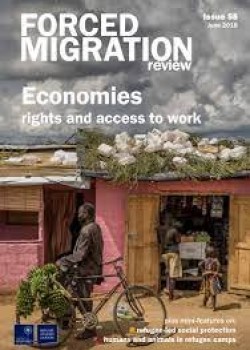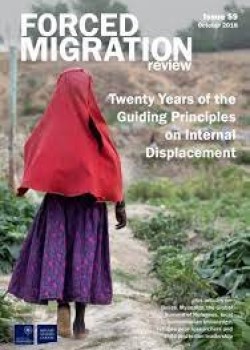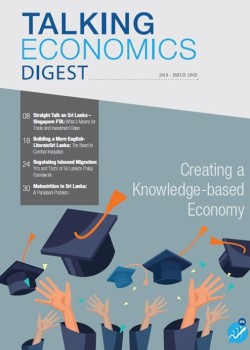
Economic Review
Global Financial Crisis
Publisher: People,s Bank
Place of Publish: Sri Lanka, Colombo
Year: 2009
Page Numbers: 44
Series: Volume 35/ Number 1-2/ April/May 2009
Acc. No: 176-J
Category: Journals
Languages: Sinhala
Mansi Kumarasiri begins by providing readers with the definition of beneficiary Assessment which is that the evaluation is conducted primarily by the people who benefit from the development interventions on the impacts as perceived and understood by them. This case study is based on the research done in three rural villages in the Ratnapura district. The rural communities identified within these villages were poor, and their wellbeing was constrained due to lack of transport and connectivity to external markets and services. The interventions were aimed at reducing poverty by overcoming these problems. The communities within which the project were primarily agriculture based. Therefore in order to achieve development they would have to be given access to improve their agricultural potential. Kumarasiri goes on to highlight the rationale and method of this beneficiary assessment. The four key learnings from this assessment are the selection of tool, selection of monitoring team, community participation and the role of an external monitor. Mansi Kumarasisi states that in this case beneficiary assessments were appropriate as it took place at a micro level, with a relatively homogenous group of beneficiaries. The question however is if this assessment will work for a larger project with more heterogeneous beneficiary groups.



